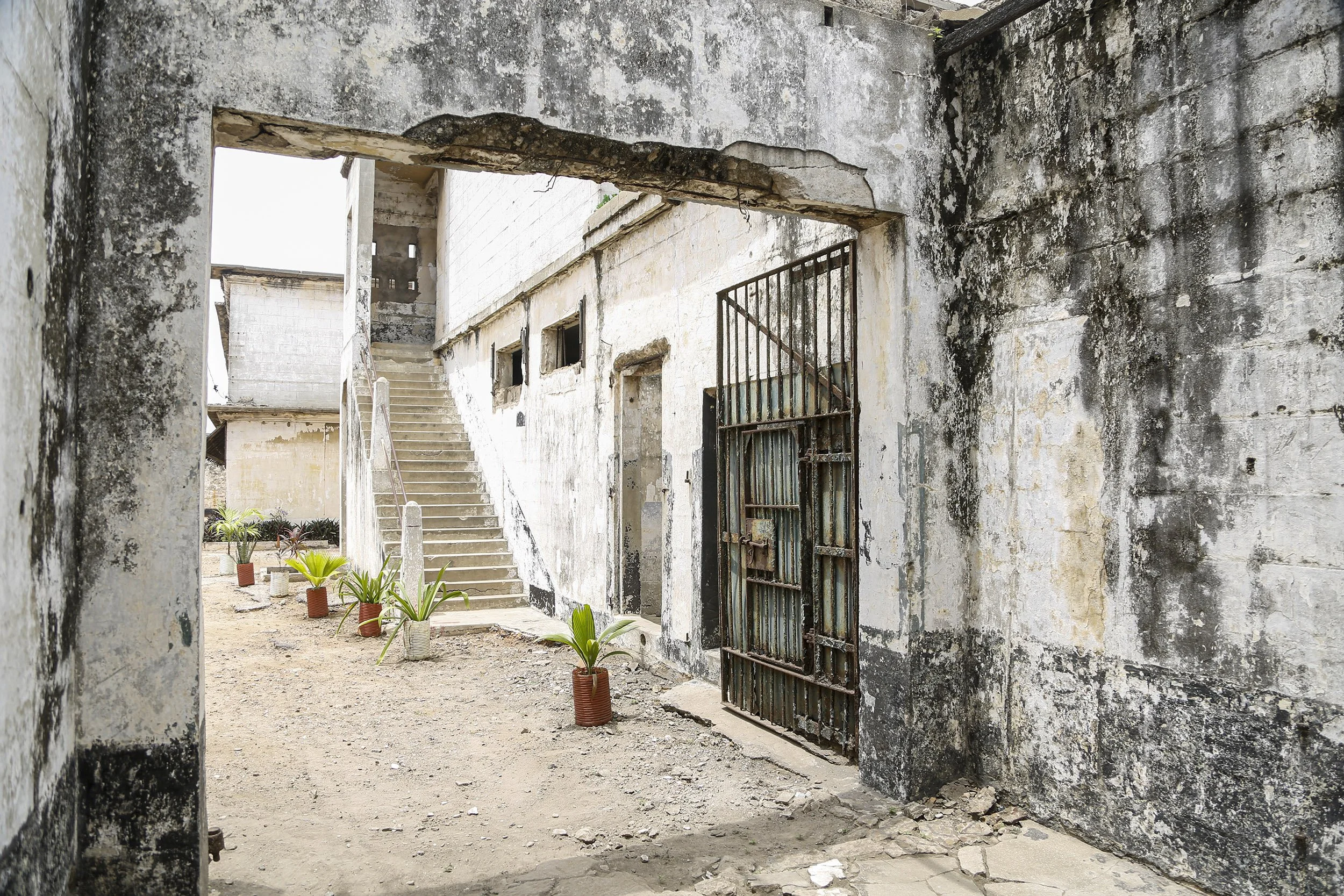Ussher Fort
After years of planning, and two years of development, the Ussher Fort Slave Museum and Documentary Centre has opened in Old Accra. Kweku Addo-Atuah takes a tour
Sited along a hectic stretch in Old Accra and counting among its illustrious neighbours, the Kwame Nkrumah Mausoleum and Independence Square is the stoic Ussher Fort on Prof. Atta Mills High Street. Long a contentious commercial and political player in Accra and Ghana since the mid-17th-century, the building now functions in a lighter role as a newly-inaugurated Ussher Fort Slave Museum and Documentary Centre.
It was constructed by the Dutch in 1649 with locally hewn rock from Jamestown’s coastal bluffs along the Gulf of Guinea and named Fort Crèvecœur. It began as a trading post, operating a bartering system with a flourishing trade exchanging guns and gunpowder for ivory and gold. Trade soon focused on humans, a practice that lasted well into the 18th century.
As was common practice, Fort Crèvecœur changed ownership from the Dutch, with British control between 1782-1785 before a more permanent takeover in 1868 and thereafter, renamed Ussher Fort. The British takeover coincided with their colonial ambitions and the Fort’s use as a prison and police station.
Today, Ussher Fort’s animated curators ensure the weekly hour-and-a-half tours fly by. Engaging retellings include its trajectory from a trading post and slave dungeon before transitioning to a refugee shelter (2005) and since 2007, included in the Ghana Museums and Monuments Board’s roster.
Traversing the fort’s standalone structures provides extraordinary insight, from cell quarters that held trafficked captives and anti-colonial revolutionaries to communal areas that supported leisure/play, eating and religious customs. A dramatic narrow stairway within Ghana’s first police station leads to the refurbished museum, only interrupted by a downward descent towards the Door of No Return, the doorway slaves would leave Africa for the last time. Nowadays, visitors can see the coastline’s stunning views with colourful fishing boats below them, and remnants of an old jetty and harbour.
At the museum, visitors explore exhibits that chronicle trade routes, enslavement tools (shackles, branding irons), paintings/drawings of both traditional life and African-European encounters, and perhaps the most documented slave ship that passed through the Gold Coast en route to St. Croix, the Fredensborg.
Together, the appropriations of space and use, rivalry and political expedience, and natural versus man-made interventions of Ussher Fort make a visit to this UNESCO World Heritage Site a poignant, essential experience. It reasserts its place in Accra’s urban consciousness and positions it alongside such touristic heavyweights as Elmina Castle.


